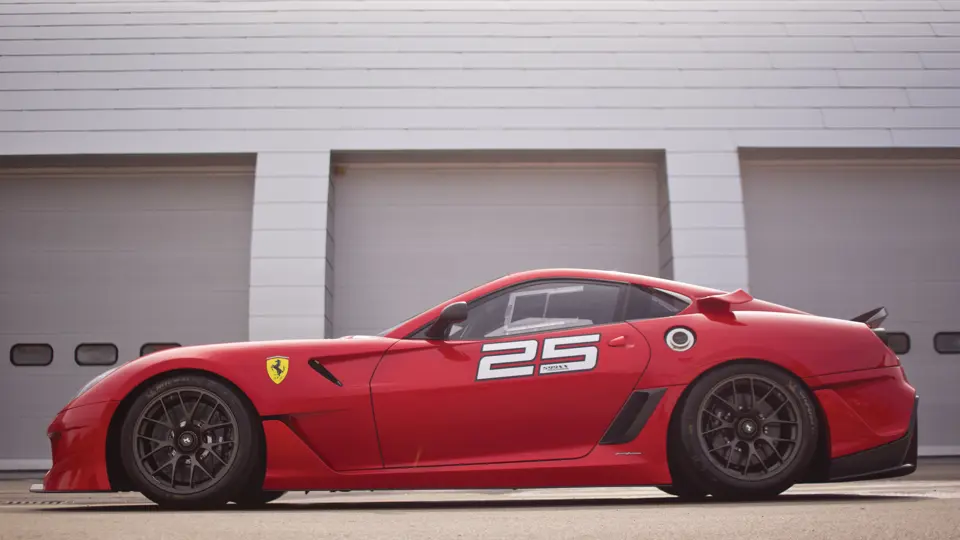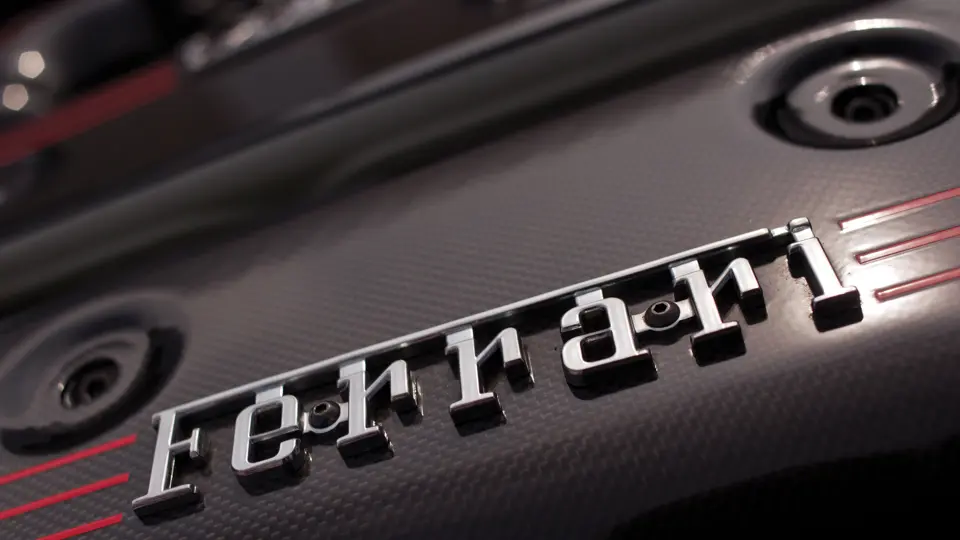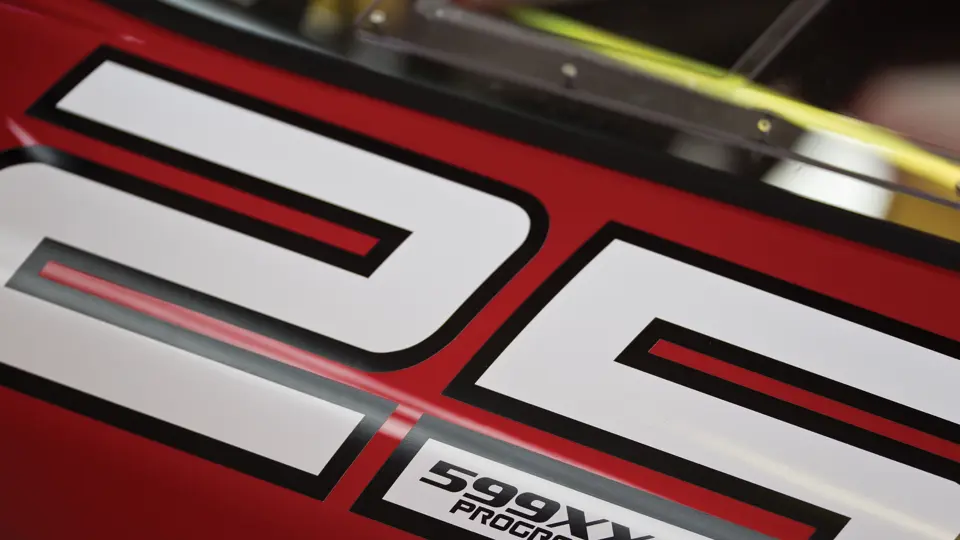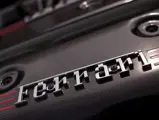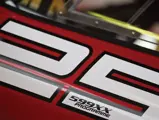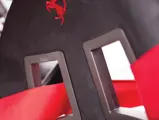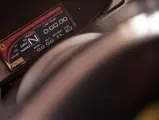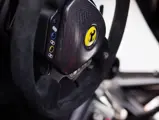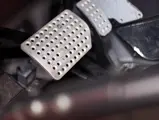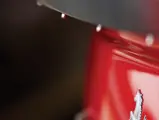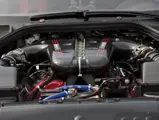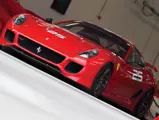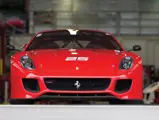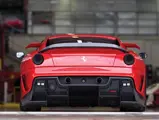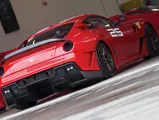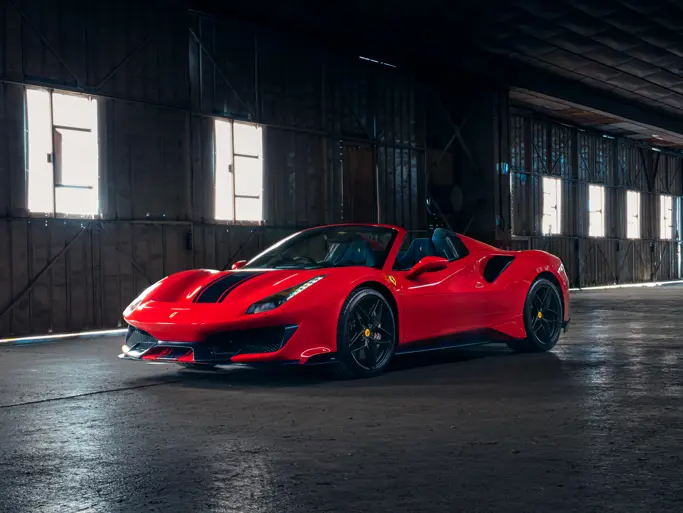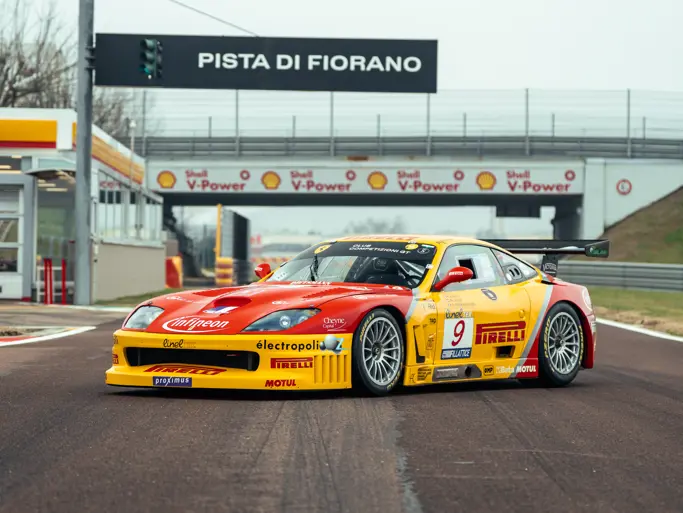
2010 Ferrari 599XX
{{lr.item.text}}
€918,400 EUR | Sold
{{bidding.lot.reserveStatusFormatted}}
- One of only 29 examples built
- Performance equal to the FXX
- Single owner; used for just one track session
- Sensational performance and race-bred engineering
- Eligible for the Evoluzione package and the Corse Clienti 599XX Programme
730 bhp, 5,999 cc dual overhead camshaft V-12 engine with port fuel injection, six-speed manual automated F1 gearbox, independent front and rear wishbone suspension with SCM Magnetoreological damping, and four-wheel carbon-ceramic vented disc brakes. Wheelbase: 2,750 mm (108.3 in.)
No manufacturer of premium sports cars has a more direct relationship to its racing programs and successes than Ferrari. Though factory-based F1 and sports car competition have always been at the core of this relationship, Ferrari has also consistently engaged customers over the years in various ways, whether as team owners or racing privateers. Racing customers have always provided a good sounding board for development of the company’s numerous production-based competition cars, including some of the most legendary vintage sport-racers, barchettas, berlinettas, and spiders.
Of all such Ferraris, though, few claim such a unique design-brief as the 599XX, which was introduced in 2009 as an exercise in track car development based on the 599GTB Fiorano road car. Though the 599XX resembles the 599GTB in general form, most of the bodywork and engine ancillaries were replaced or upgraded. Functional vents and scoops decorate most every panel of the car, instantly clarifying the degree of wind tunnel development that went into the model. So extreme was the engineering of airflow and downforce on the 599XX that two fans were installed in the boot to draw air from the undertray and funnel it through the former tail lamp valances.
The engine’s performance deftly capitalised on the body’s aerodynamic development, with the modified six-litre V-12 generating 730 horsepower and 506 foot-pounds of torque, enough to catapult the car from 0–60 mph in just 2.9 seconds. In addition to upgrades like mechanical tappets and graphite-coated pistons, Ferrari implemented a particularly unusual addition for a race-prepared motor. The company guaranteed the engine for at least 5,000 kilometres, almost daring customers to try to blow them out during track events.
Suspension engineering was particularly astonishing, with state-of-the-art SCM Magnetoreological damping contributing to traction control, which was adjustable via a dash-mounted “manetinno”, offering nine different graduated settings. The 599XX’s interior is no less competition-oriented, with a roll cage and a single carbon-fibre dash panel dictating the spartan cockpit, and with nearly all other amenities stripped away. The surprising presence of air conditioning clarifies that the 599XX was a track car that was intended to be enjoyed by customers as much as it was strenuously raced, a concept that was reinforced by the model’s somewhat unusual production mandate.
Manufactured in a sparing quantity of just 29 examples, the 599XX was intended to be driven at track events only, never homologated for legal road use. Customers were encouraged to enter their cars in a specialised program of non-competitive events held around the world and run by Ferrari Corse Clienti, where they would compete only against the clock in an attempt to improve their lap times.
Referring to the 599XX, Ferrari test driver Raffaele De Simone said, “We were pleased that this car turned out to be far more drivable than the Enzo FXX”. Indeed, the 599 derivation matched the Enzo FXX’s lap times at the Fiorano test track. Ferrari even sent an example to the Nürburgring, where on the 21st of April, 2010, Raffaele de Simone achieved an astonishing lap time of 6:58:16, breaking the lap record and proving to be even faster than the Enzo (7:25:7). This time is comparable to the lap time realised by Niki Lauda in the 312 Formula One car during qualifying at the German Grand Prix on 2 August 1975, gaining the pole position! Rarely has a production-based track car been built that so comprehensively utilises every available technology for optimal performance.
Wearing number 25, this spectacular 599XX has been owned by just one caretaker, and it has been maintained and stored at the Ferrari factory in Maranello since new, one of the model’s original options upon order. Chassis number 170895 has reportedly been used just once; therefore, it remains in virtually brand-new mechanical condition.
Chassis 170895 also remains eligible for the optional Evoluzione upgrade from the factory. Introduced in December of 2011, for the 2012–2013 racing seasons, the Evoluzione package offered a plethora of performance upgrades as a result of feedback from the first generation of 599XX owners, as well as from experiences within Formula One. The biggest changes to the 599XX dealt with the car’s aerodynamics. The Evoluzione package includes an electronically-adjustable rear wing, a modified front splitter, a new rear diffuser, and recalibrated electronic controls, all in an effort to help the car perform better through corners. Overall horsepower and torque would be increased to 750 and 516 foot-pounds with the addition of side exhausts. Coupled with the added power and a shorter final gear ratio, the 599XX EVO can lap Fiorano in 1:15. For further information regarding the Evoluzione package, as well as the 599XX Programme, please consult an RM specialist.
Few non-Monoposto race cars offer such amazing performance and chassis development as the 599XX, and for certain non-sanctioned events that allow for technologically advanced non-regulation equipment, the car will undoubtedly provide peerless performance that should prove to be extremely competitive. For the connoisseur who prizes the rarest and most developed of Ferraris, this car would serve as a sensational collection piece for concours and club presentation, as it is impeccably rare and technologically flawless. This 599XX offers a fantastic opportunity to own one of Ferrari’s most technologically advanced cars to date, and to help the Scuderia research and develop technologies for road going Ferraris of tomorrow.
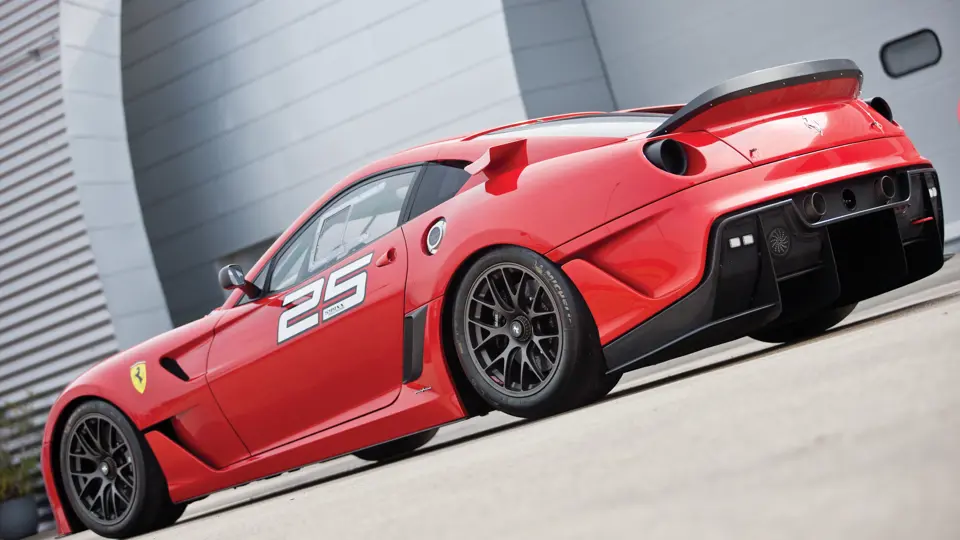




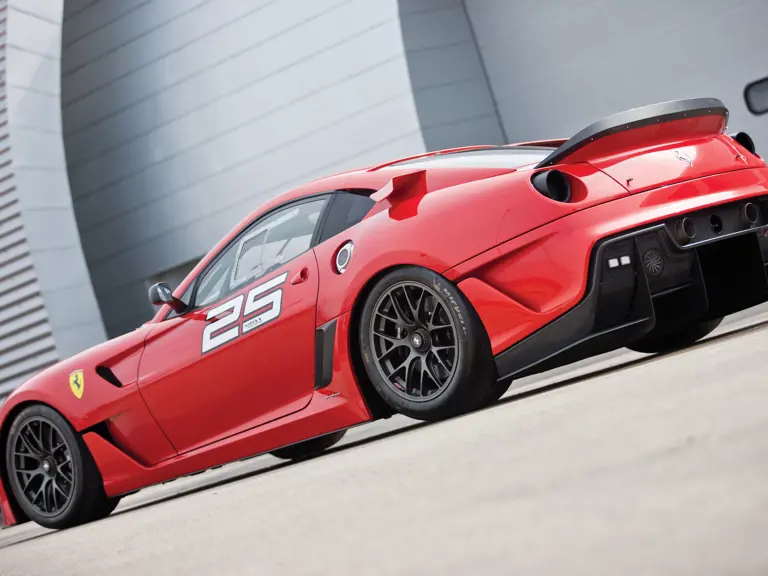
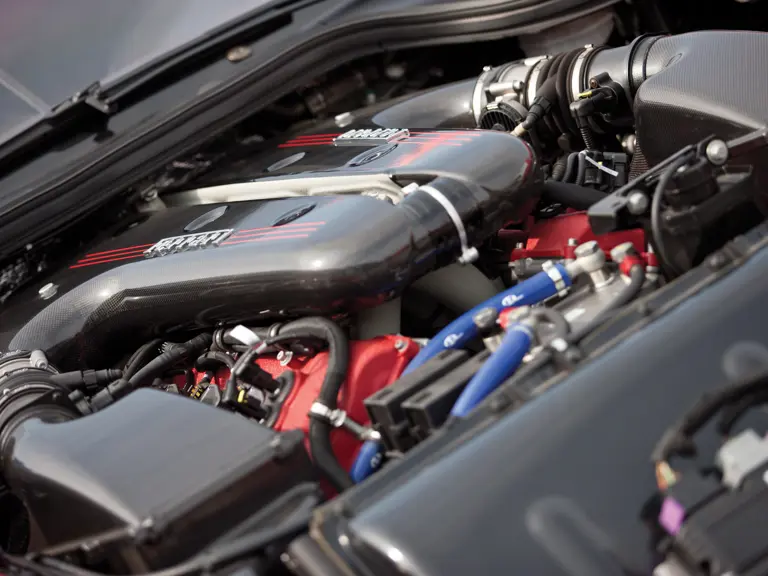
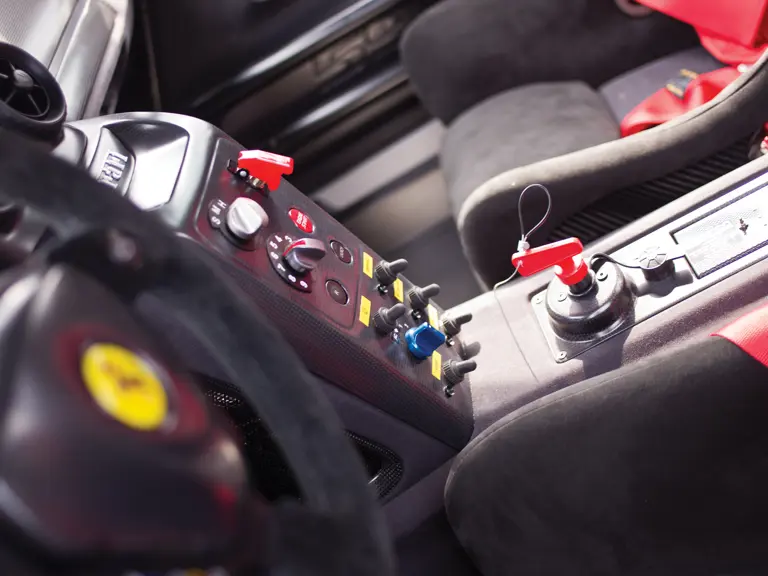
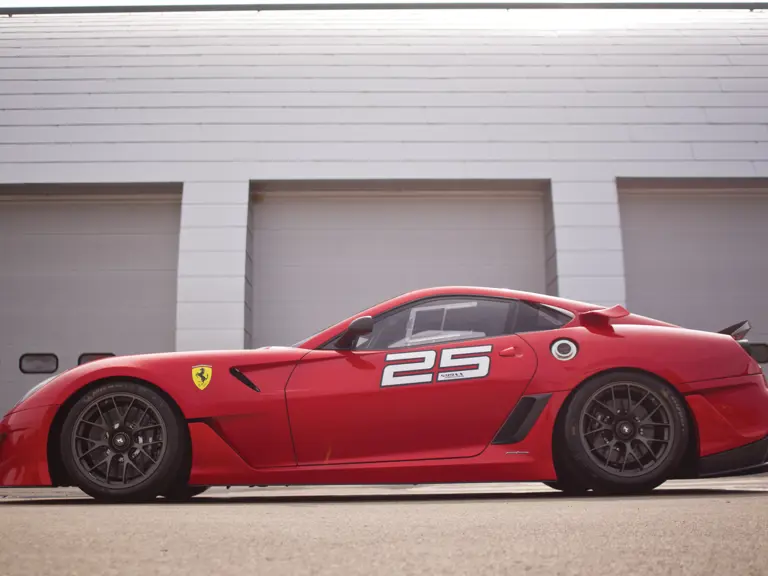
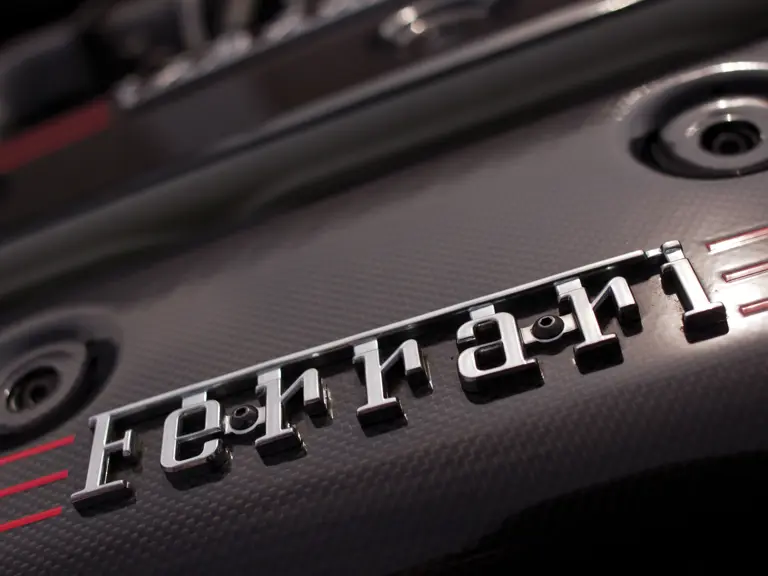
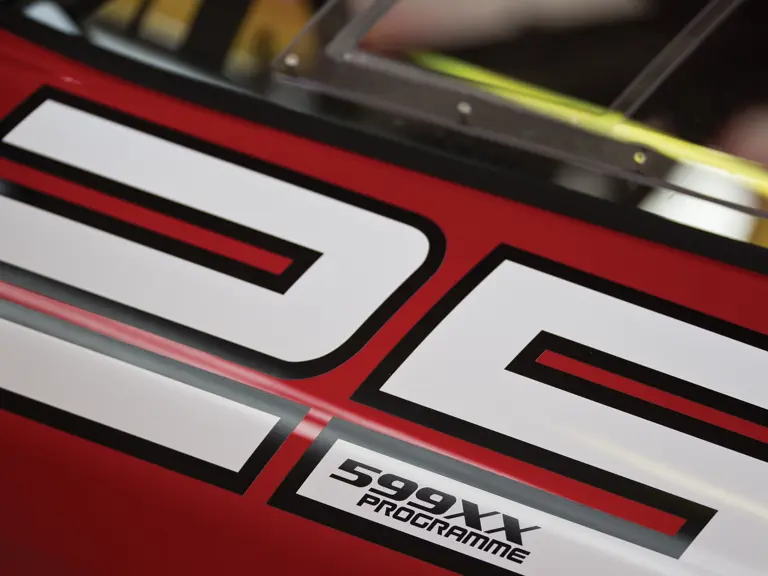

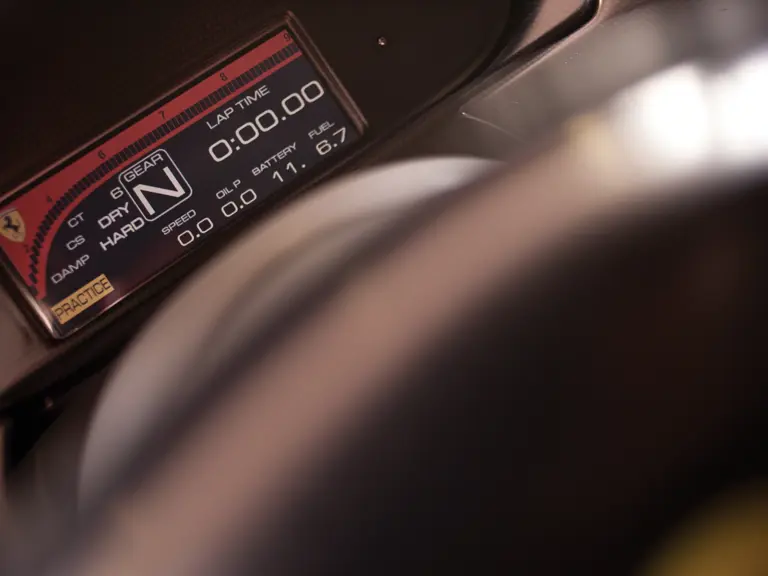
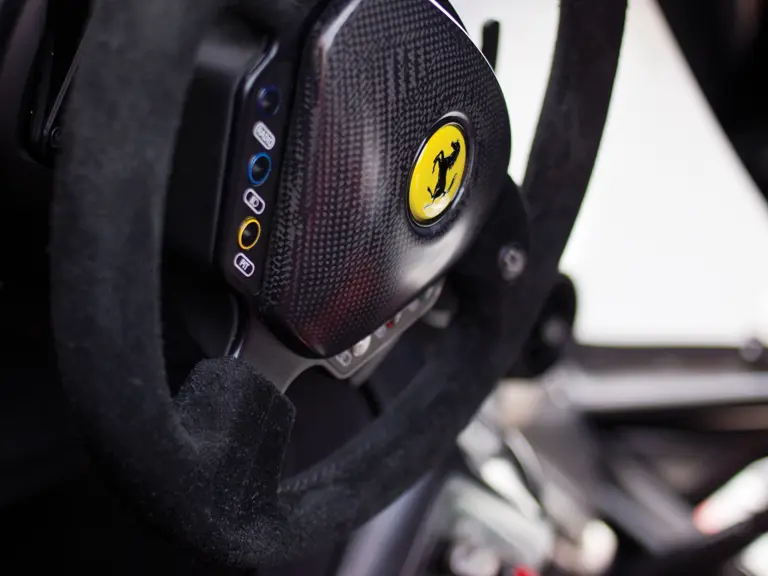
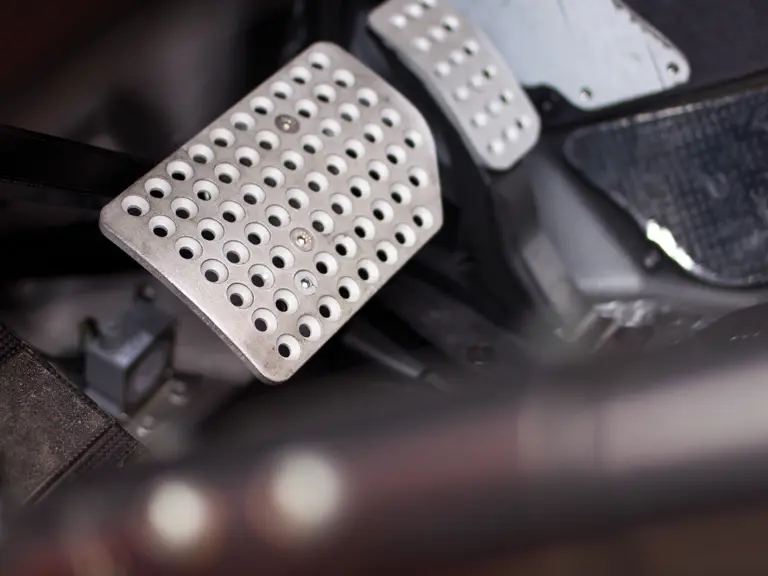

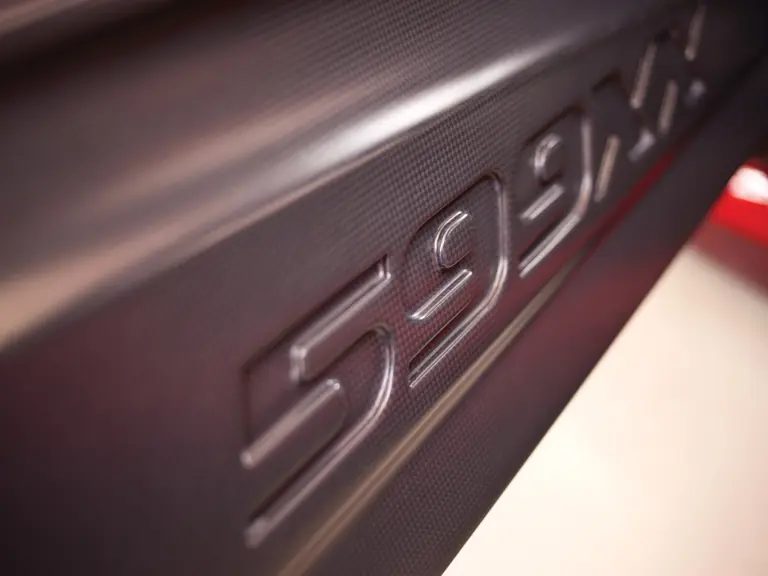
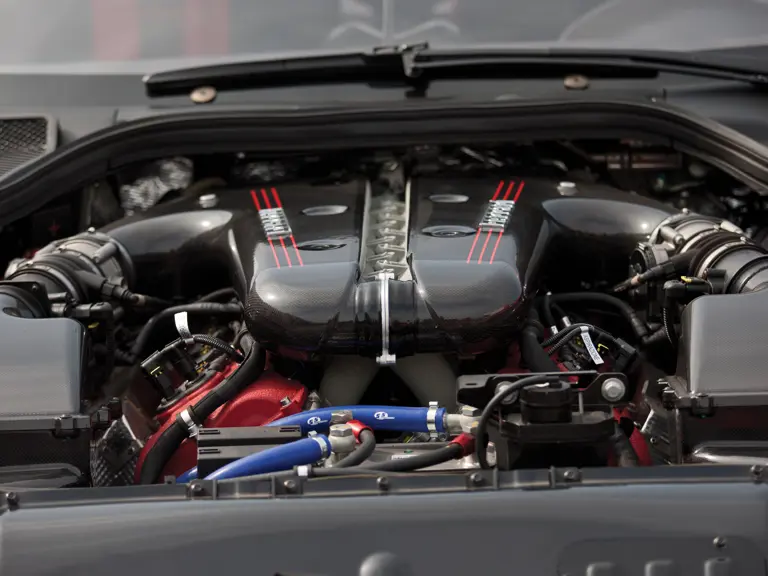
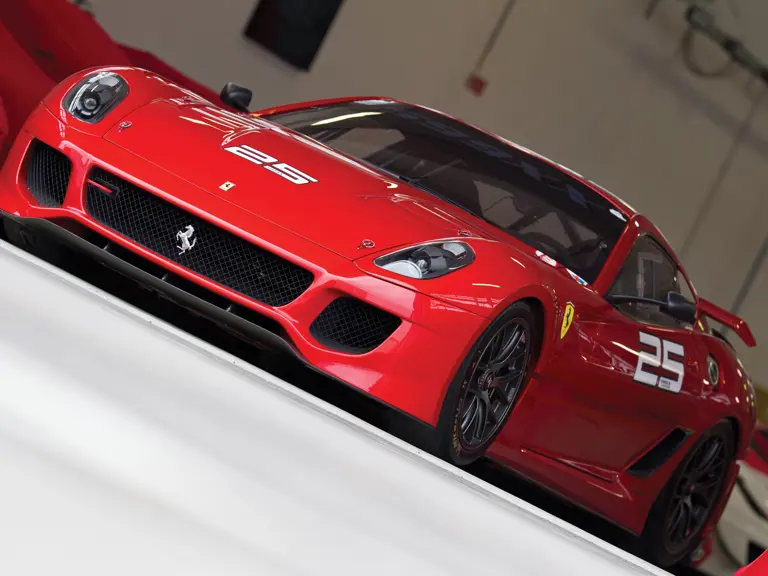

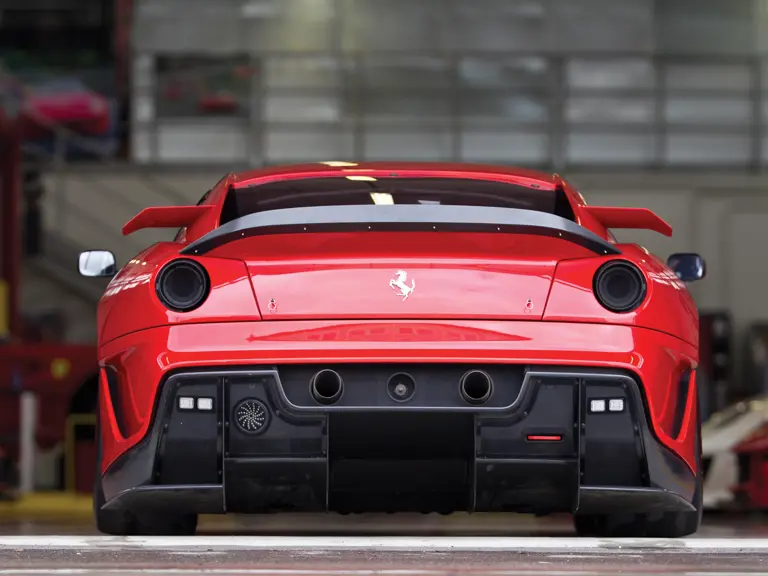

 | Cernobbio, Italy
| Cernobbio, Italy
